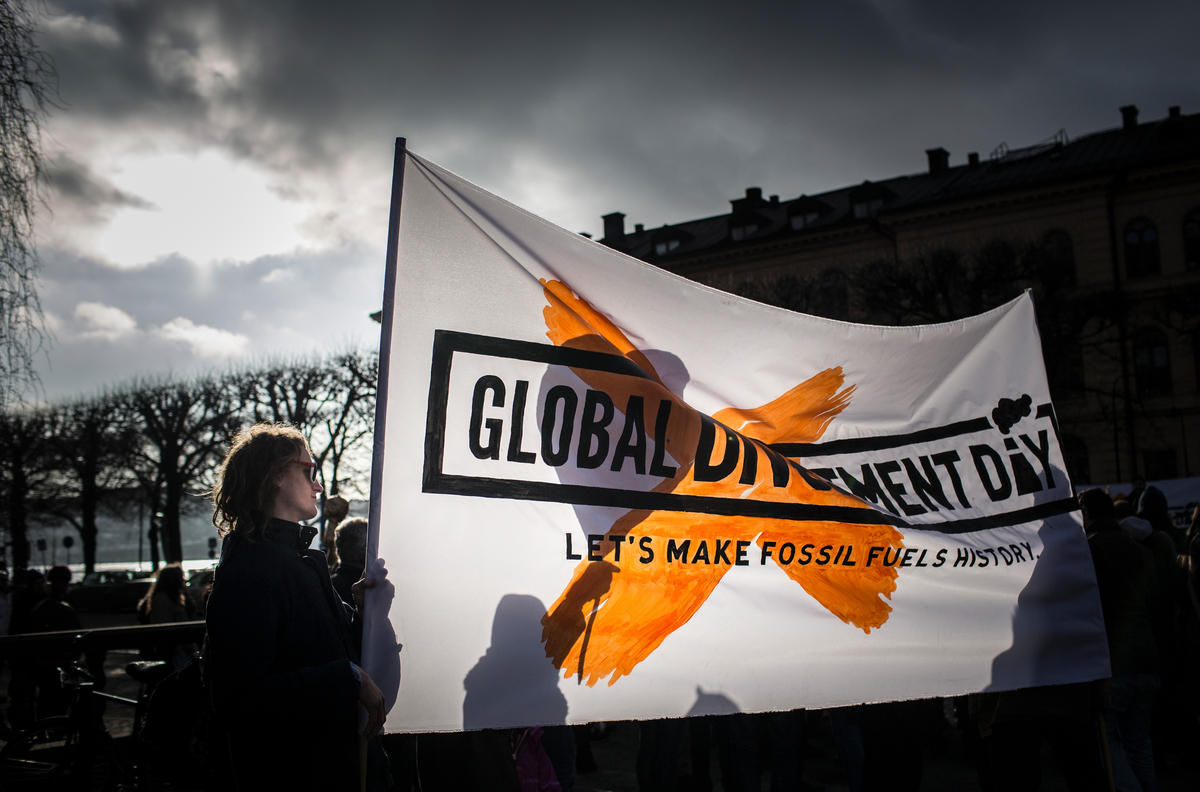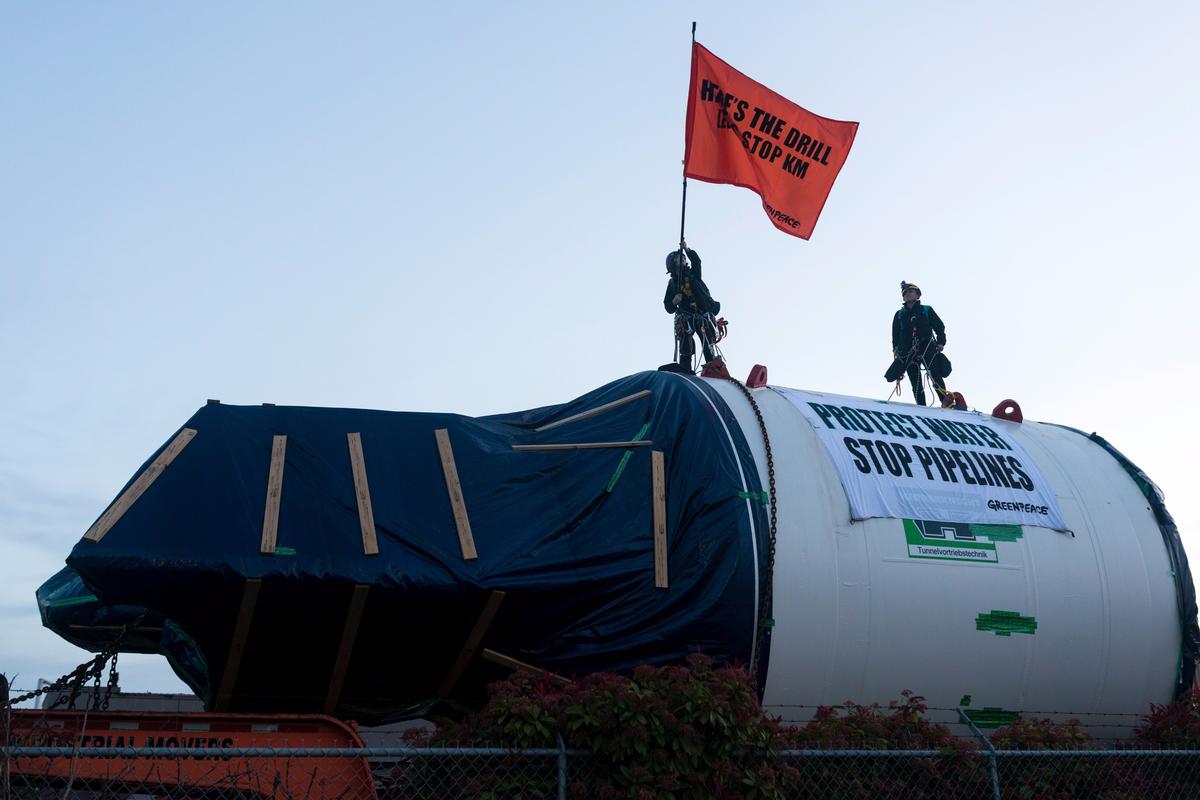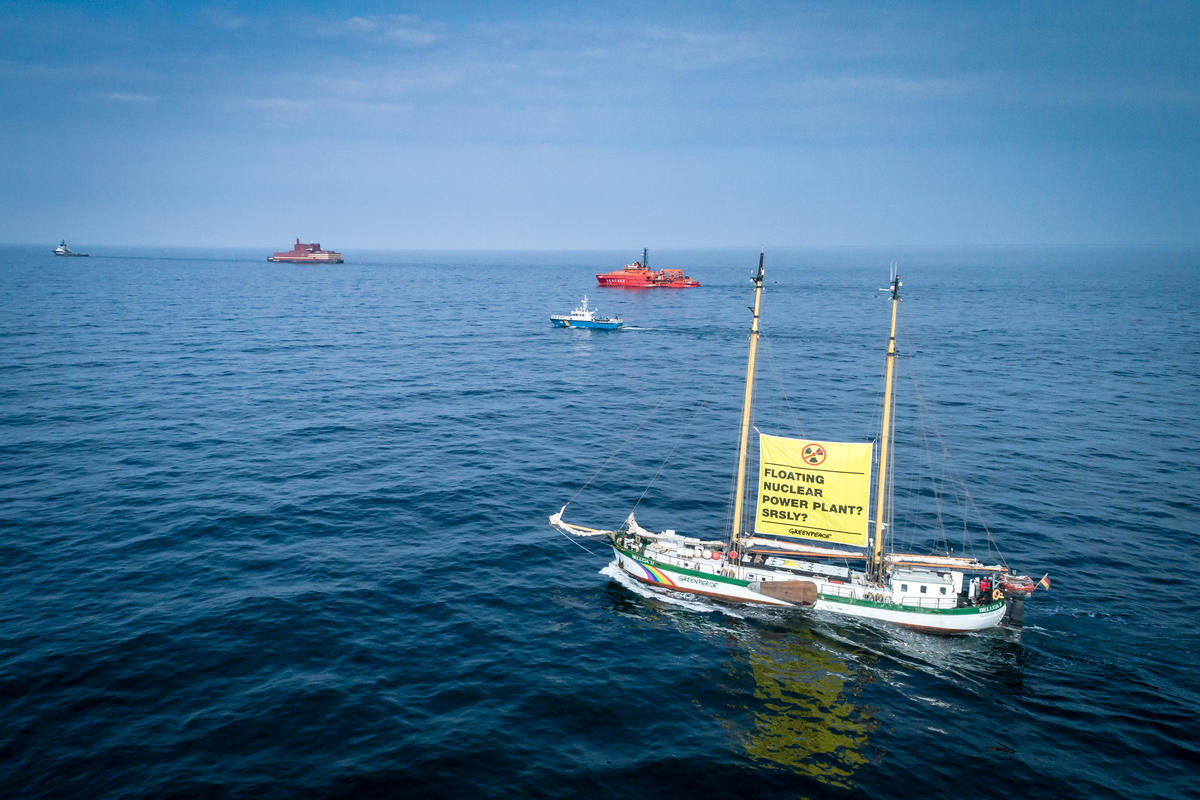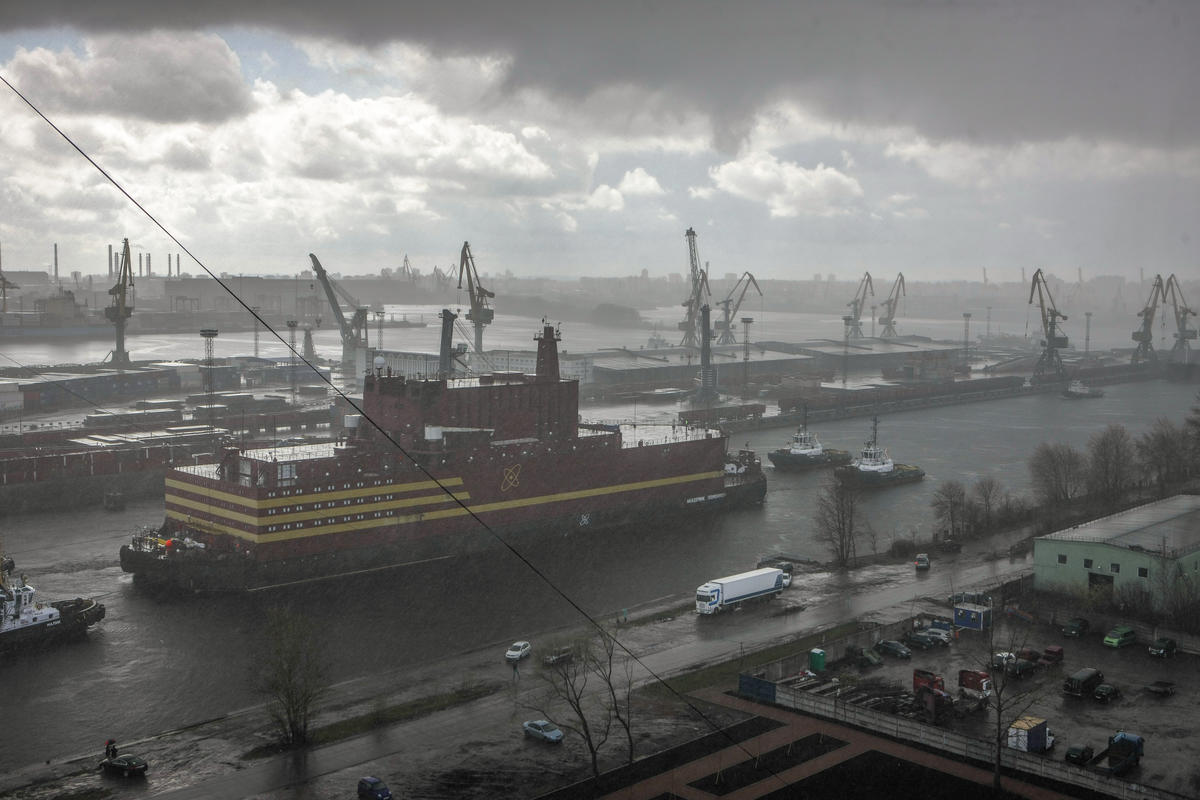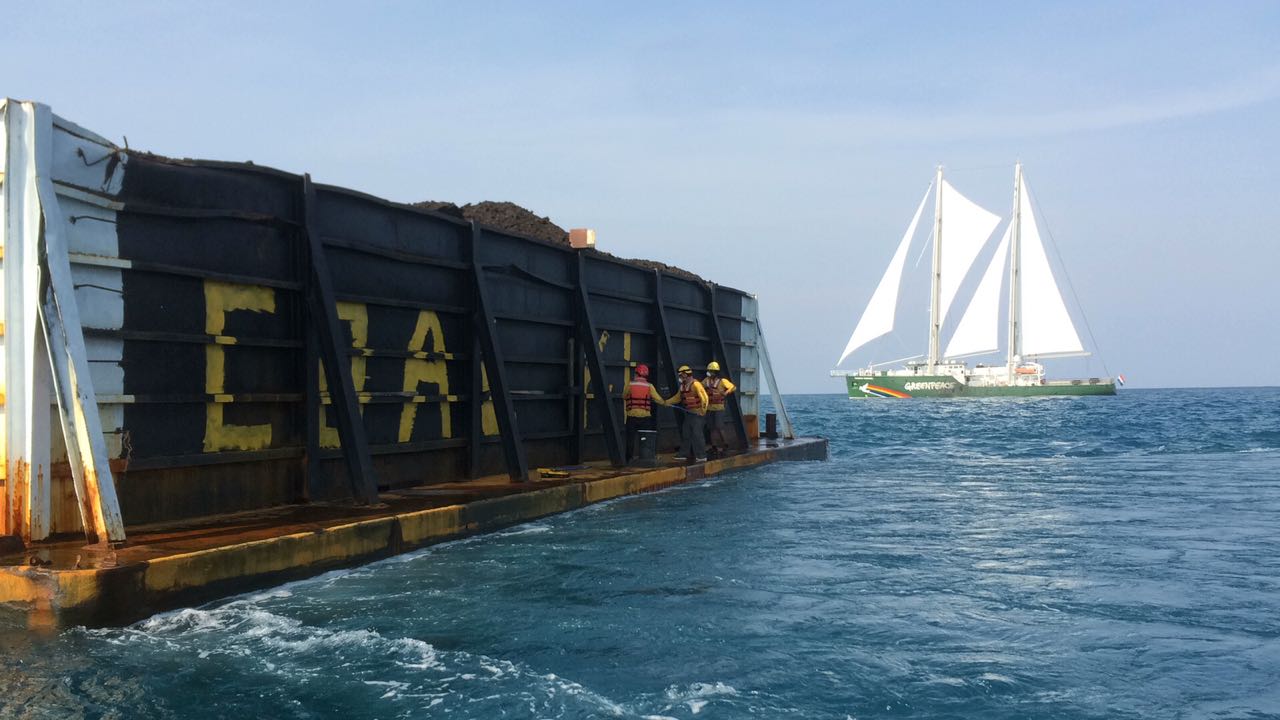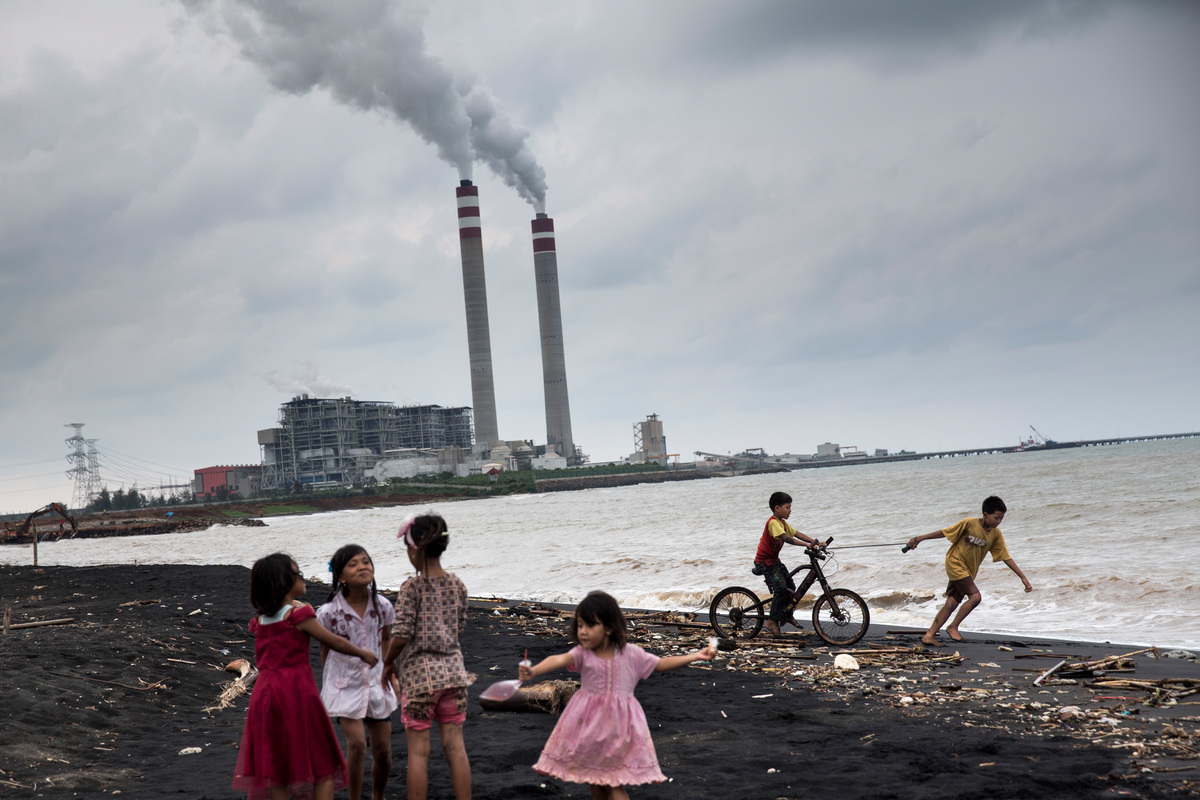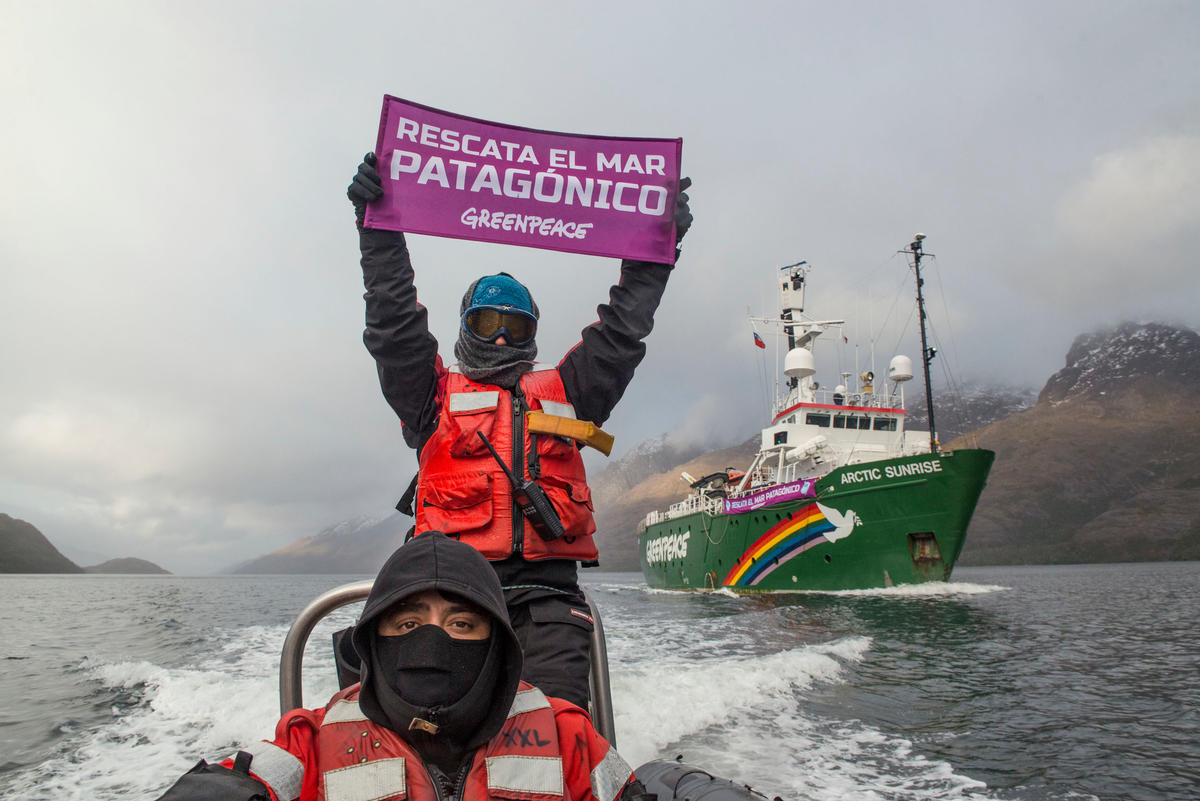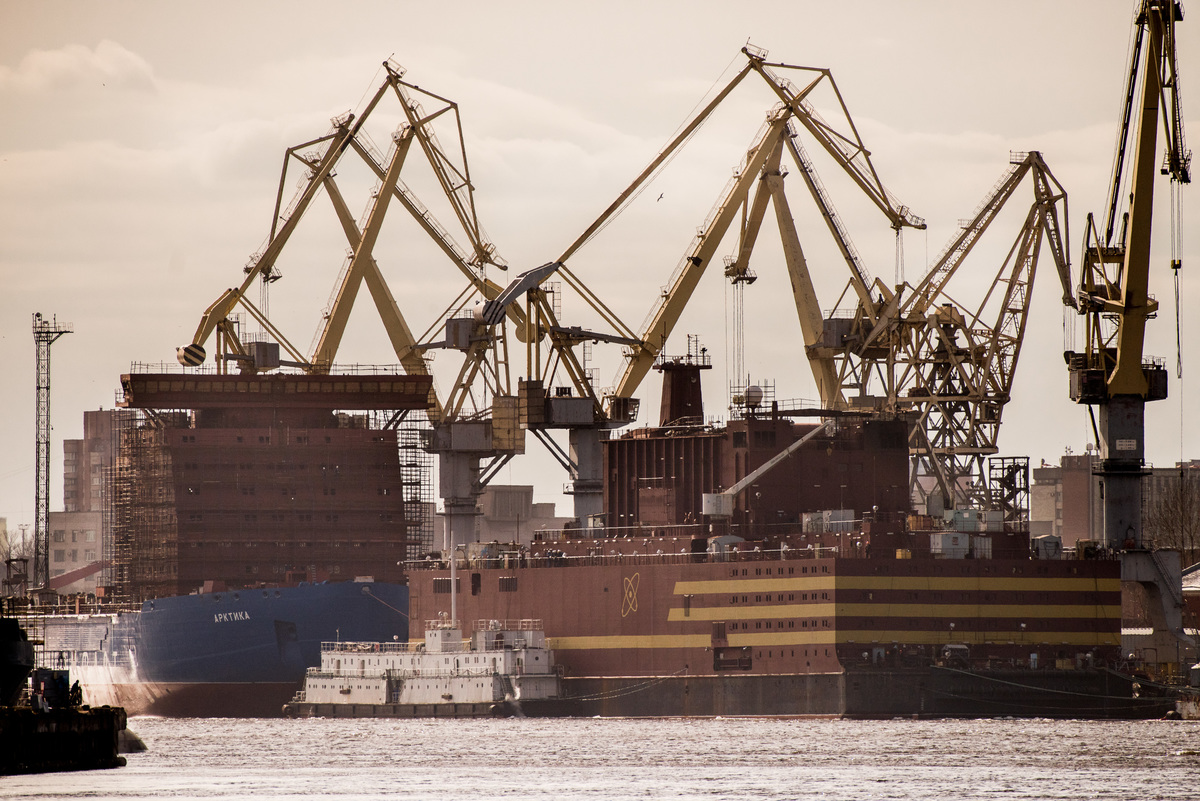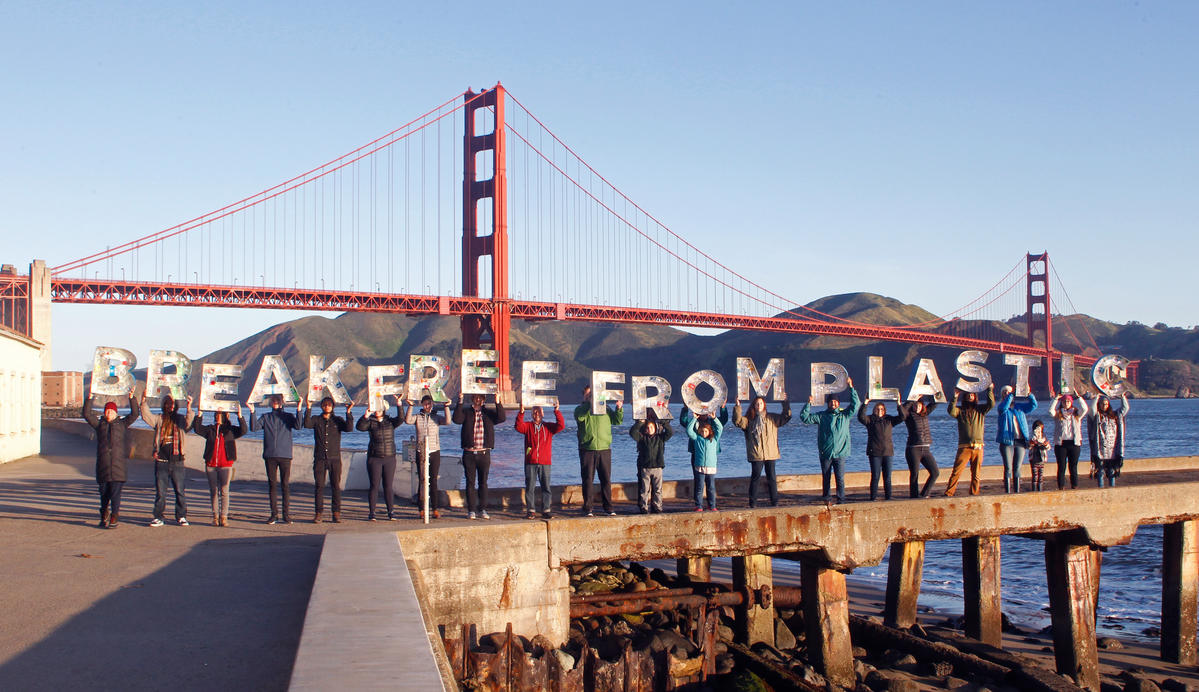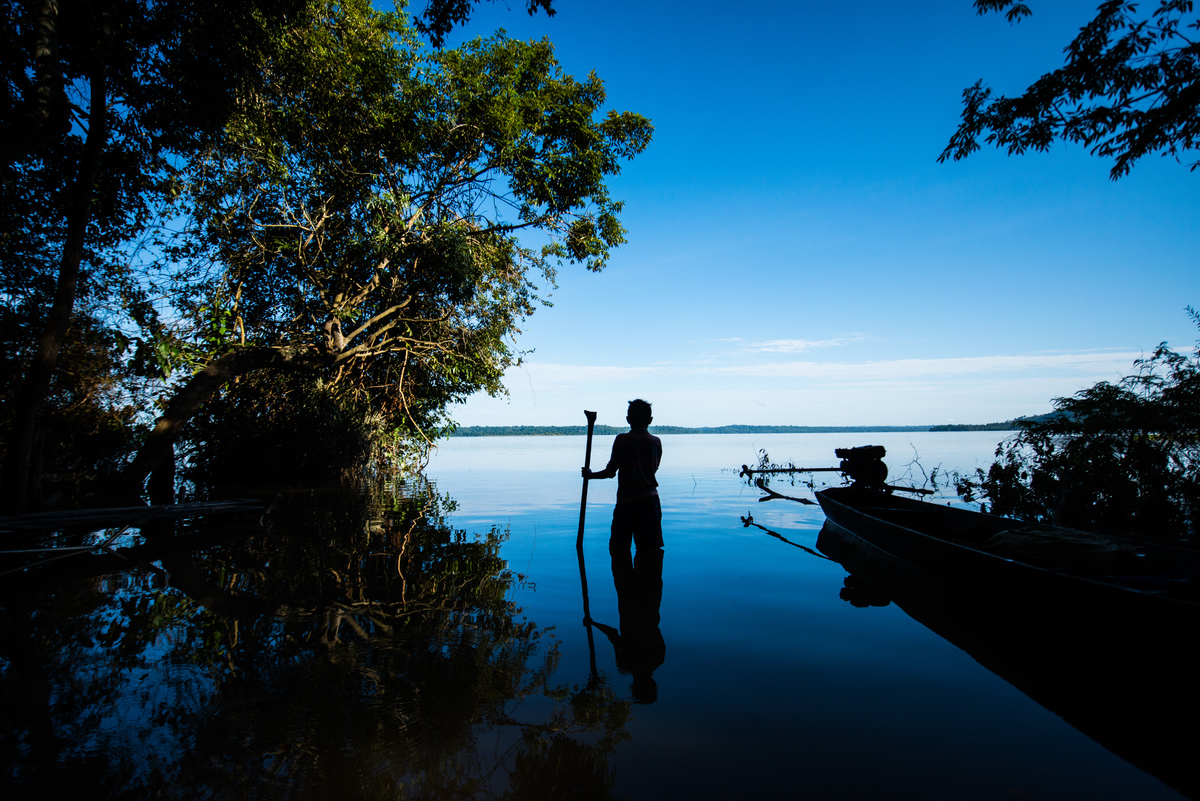-
If finance is upholding climate change, we will not uphold finance
Climate change is threatening the very existence of life on this planet as we know it. That's why we need to stop investing in the pollution of our planet.
-
Greenpeace Canada activists occupy Kinder Morgan ‘monster drill’
"We’re here in solidarity with Indigenous Water Protectors and Land Defenders who do not consent to the Kinder Morgan tar sands pipeline in their territory."
-
Greenpeace escort protests world’s first purpose-built floating nuclear power plant
”This power plant basically moves the threat of a nuclear catastrophe into fragile Arctic waters."
-
5 reasons why a floating nuclear power plant in the Arctic is a terrible idea
The world's first purpose-built floating nuclear power plant is now bound for the Arctic. Here's why that is a terrible idea.
-
Activists intercept destructive coal barges near Indonesia reef
"Our home, community and livelihoods are being impacted by coal, but we don’t feel as though we have a voice in the energy debate"
-
Greenpeace hails ‘major step forward’ to protect the Patagonian Sea from industrial salmon farming
“The Patagonian Sea is one of the most breathtakingly beautiful places on the planet, attracting thousands of visitors each year. None of them come here to see an ocean marred by industrial salmon farming cages and their associated pollution."
-
World’s first floating nuclear power plant bound for the Arctic, warns Greenpeace
“This hazardous venture is not just a threat to the Arctic, but, potentially, to other densely populated or vulnerable natural regions too”
-
The Map of Life: How one Indigenous group is fighting for the right to protect its territory
To fight for the recognition of their territory, the Munduruku have produced the Map of Life, a testament to how the Munduruku way of life is interconnected and interdependent with the nature that surrounds them.

